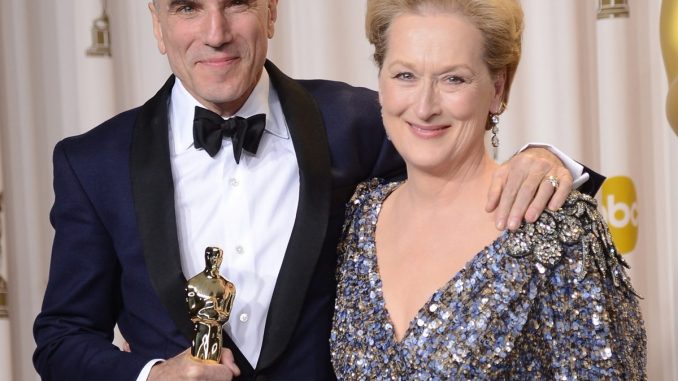
The art of acting, and especially shape-shifting, or character acting, is largely misunderstood and underappreciated by nonactors. Which is no surprise; theater is the most misunderstood of all the arts. The seven classical arts are architecture, sculpture, painting, music, dance, theater, and poetry.
We know immediately that a musical instrument is hard to master, because it’s external to us. When we watch Itzhak Perlman play violin or Jimi Hendrix play electric guitar, we say, “Wow, that’s looks hard. I could never do that.” We see world-class ballet and say, “That’s obviously extremely difficult. No way.” Same thing for Michelangelo’s most well-known sculpture, “David” (also his architectural masterpiece the Piazza del Campidoglio), Leonardo da Vinci’s painting “Mona Lisa,” Handel’s “Messiah,” and Shakespeare’s “Hamlet.” Those are all hard to create.
But when we see an actor act … it looks easy. It’s supposed to look easy. And so many people feel, deep down, that they could do that. The problem starts with the fact that the instruments of the actor—the physical body and the voice—are, well, as John Lennon put it: “Everybody’s got one.” We all have these instruments. They’re built-in. Which makes most people think, “How hard could it be?”
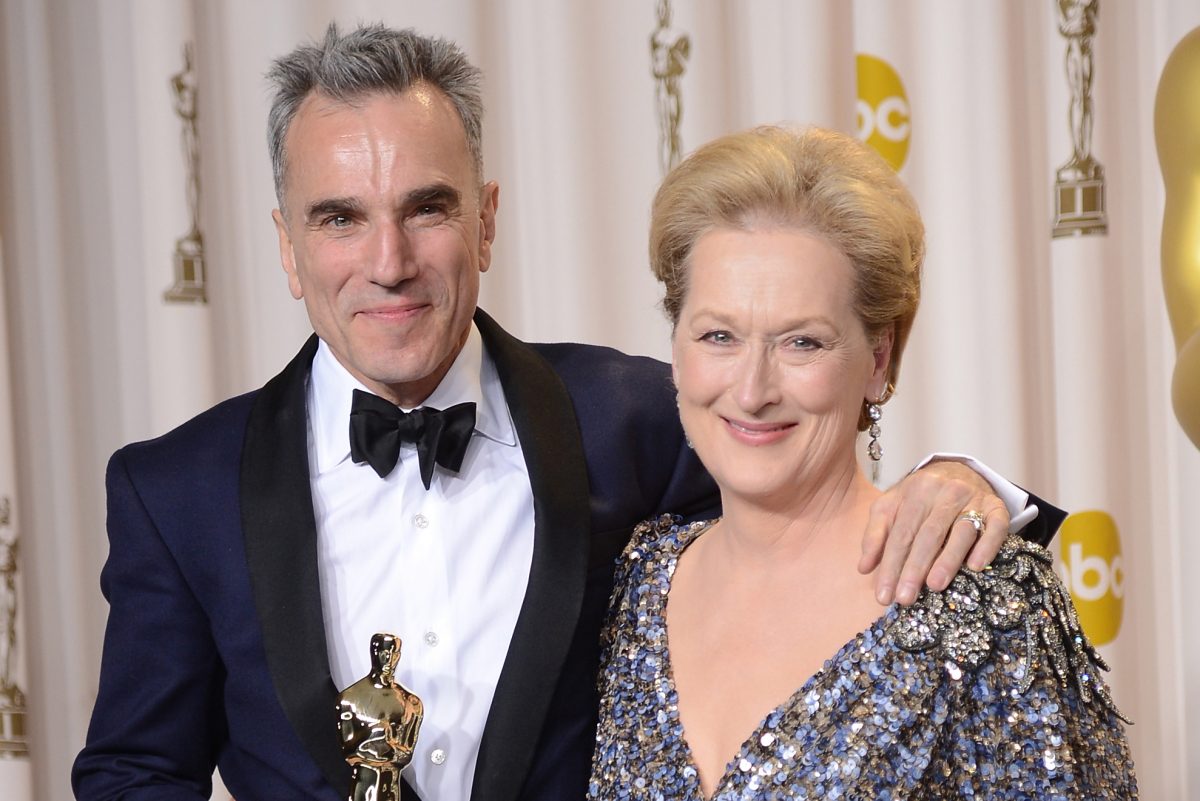
Plenty Hard
There’s a reason that acting conservatories like Juilliard and the Yale School of Drama exist: It takes practice. The greatest stage actor of all time, Laurence Olivier, said acting takes 20 years to master. Or 10,000 hours, as author Malcolm Gladwell says, is the universal time it takes to master anything, in his book “Outliers.” The level of talent can shorten or lengthen that time, but either way—it takes a good, long effort.
Screen legend Clint Eastwood maintains that the uninitiated think acting means, “Don’t just stand there—do something!” Eastwood spoke about how fiendishly difficult it is to learn to become simple. He said it takes years to learn, and that when it comes to acting, that well-known phrase is reversed: “Don’t just do something—stand there.”
But you also have to be able to just stand there … and still be interesting, since the cardinal rule in theater is to never be boring. Standing still, doing nothing, and still being interesting has to do with charisma, which is a talent. It can’t be taught. There are different forms of it. People who are drop-dead gorgeous have a certain charisma, for example. That kind of beauty is godlike; it’s inherently fascinating. Which is why looks are not a big deal in the industry; it’s a standard tool of the trade like height in basketball—people want to watch it, it’s bankable. Sit in on any top-flight New York or L.A. acting class and you’ll be floored by the sheer amount of physical beauty in one room. For everyone else in there, it’s just another day at the office.
But stage charisma usually has to do with the ability to achieve extreme inner stillness. Which can be enhanced by learning to meditate. People can’t stop watching that because they can’t figure out what the actor will do next. Why? Because the actor himself or herself, in that state, doesn’t know—shouldn’t know—what’s going to happen next.
Laser Focus
Acting has been called “the ability to be private in public.”
We can all walk around our apartments in our underwear. That’s easy. But put that same regular person onstage in front of a big audience or in front of a camera and movie crew (still in their underwear) with many memorized lines to speak, and also blocking (choreographed directions on the stage or movie set), that need to be synced, timing-wise, with other actors, stage lighting, sound effects, and so on. Maybe throw in that the character must cry real tears while on the phone looking out the window (and maybe they’re also naked now, with people scrutinizing their body). And hit all the consonants enough to make speech intelligible to people in the back row (while standing with his or her back to the audience or microphone) while not sounding stilted. (And don’t forget the cardio fitness it takes to handle all that and not get winded.) That non-trained civilian I mentioned at the beginning of this paragraph will freak out and completely forget how to walk and talk.
The ability to laser-focus the mind for extended periods of time is key for a variety of reasons, one which is that an audience will naturally vibrate and respond on a subconscious level to whatever is happening onstage. Which means that if your mind falters on that high wire that is the stage, and you look down and see the ground waaaay down there with no safety net—or as in this extended example, you realize that you are literally naked in front of a thousand people and become self-conscious—the entire audience will immediately become self-conscious and feel embarrassed for you.
Otherwise, when the actor maintains a clear mind and focuses on “doing the doings,” which means focusing on actions (as opposed to trying to feel feelings—that’s why they’re called actors and not feelers), the audience subconsciously thinks it’s at the zoo, seeing a species of human in its natural habitat, doing things that are universal to humans. Then, in the best instances, theater creates life-solving gifts that the audience members can take home with them, and improve and heal their lives with.
And it’s not a one-way street. The audience communicates subconsciously as well, and a skilled actor must pick up on the energy and wants and needs of an audience, directing the subconscious to make new choices and emphasize news things each night to suit the personality of each audience. The collective of an audience is a palpable personality to an actor. This is especially the case when doing comedies; each audience will require slightly different timing on jokes to produce a laugh. This kind of timing is part of why it takes 10,000 hours to master. An actor has to fail, embarrassingly, over and over until the reactions to the audience become second nature.
That gives you a bit of an idea of what’s involved in the stage actor’s craft and command of the acting instruments of body and voice. As Laurence Olivier said, all the great Shakespearean lead roles are athletic events. It’s extremely challenging to not hyperventilate while doing the balcony speech from “Romeo and Juliet” in a stage whisper that carries to the back row.
But What About …
The standard argument that attempts to counter the fact that acting and theater belong to the list of the seven great classical arts, and supports the idea that anybody can do it, is: “But what about those people they just take off a street corner with no prior experience and they’re brilliant?”
Most of that is showbiz publicity spin. Woody Harrelson was declared an overnight success when he landed the television comedy hit “Cheers.” The publicity machine didn’t tell you that he’d been in New York 10 years prior, studying and auditioning. This myth feeds the American showbiz dream: Anybody can do it.
Laurence Olivier did say, though, about acting and showbiz: “You either know everything about this business, or you know nothing about this business.” Pure talent (especially when combined with beauty) can gain traction in showbiz. People want to watch that. Which is why a talent scout was able to snag the young Matt Dillon, who was lounging around a junior high hallway, cutting class.
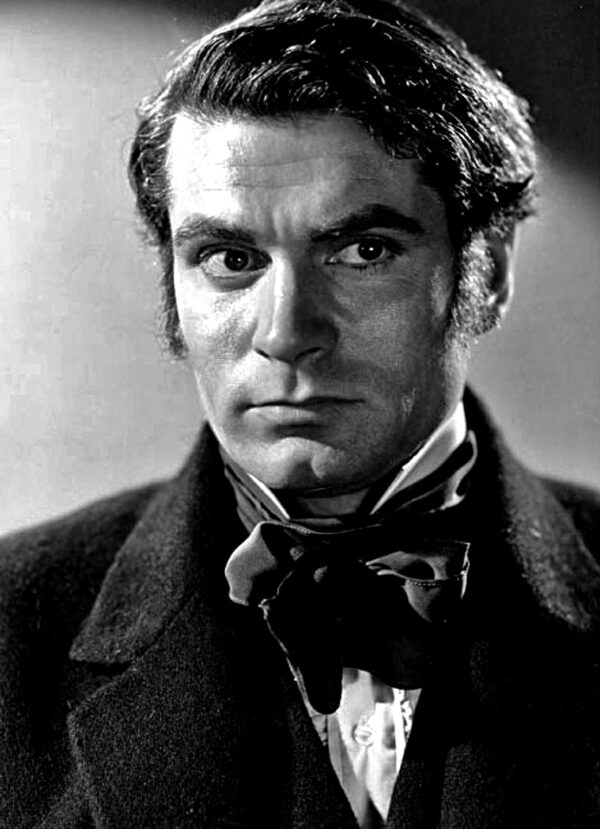
A skilled director can, using a variety of tricks and techniques (some of which can definitely be labeled as abusive) get believable, realistic, and naturalistic performances out of untrained actors and nonactors. But that’s the movies, where you can do a hundred takes and eventually get one right. That’s not theater. That’s not a pro.
‘Playing Oneself’ as Opposed to ‘Character Acting’
One classic acting comment and myth that will never die is, “Oh he’s just playing himself—anybody can do that.” There are many different kinds of actors, and many different subcategories of talents and skills that come under the acting umbrella. Such as accents. Some actors can do them, some can’t. Most can. Same with impressions.
But there are essentially two different types of actors: personality actors and character actors. Jack Nicholson is a prime example of a personality actor. Jack is always Jack, whether he’s a Marine Corps colonel, a psychotic writer, or a wannabe hippie hitching a ride on the back of a chopper. Jack does not do accents. Jack doesn’t shape-shift. You always know it’s Jack, and you’ll watch Jack all day, because Jack’s the epitome of charismatic. But what Jack does is not easy.
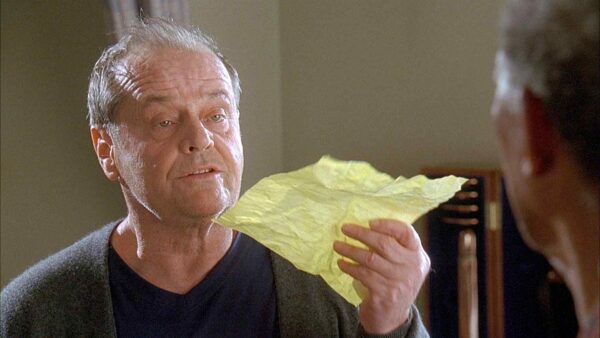
Every actor has what famous but reclusive New York acting coach Allen Savage calls the “power alley.” Which is a baseball term. Each thespian has something they do exceptionally well, for which they tend to get cast repeatedly. Contrary to popular belief, a smart actor wants to get typecast, because an actor is a product. That’s how you get work. Which is why it’s called show business. Highly business-savvy Arnold Schwarzenegger, when asked when he was going to get rid of his thick Austrian accent, said he wasn’t going to because it had become his “sig-nah-choo-uh.” Arnold is very smart. Most Americans can now do a decent rendition of Arnold’s accent.
Character Actor Versus Leading Man
In contrast to leading men and leading ladies, character actors as a showbiz and theatrical category are generally seen as less glamorous. A leading man or woman as a rule has the physical beauty needed to play the love interest; whereas a character actor typically does not. Some character actors are known for their unusual looks.
Yet many lead actors and actresses have lead-role looks but character actor personalities. Which means a shy, retiring personality that is most comfortable when the actor can disappear and become unrecognizable in a role. Olivier, Daniel Day-Lewis and Jared Leto are probably the best examples of this particular combo. Meryl Streep is the queen of this, but she’s not exactly shy and retiring.
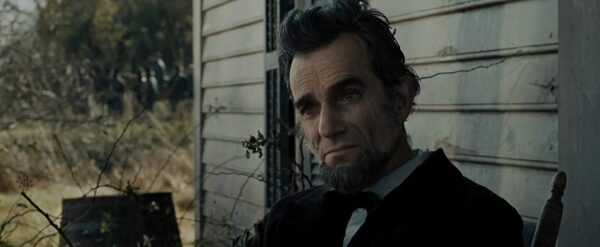
Character Acting
So what, then, is character acting? Some call it the quintessential acting experience; it’s the true definition of acting—disappearing so thoroughly into a role that the actor becomes unrecognizable to even friends and family. It’s to be able to believably play a role far removed from the comfort zone of the power alley.
The classical understanding is that one becomes a character, as in you somehow rise up and become one with the great role of Hamlet; you magically morph into someone else’s soul. The modern view is that we have no other soul but our own, and our sensory organs produce responses in us that are uniquely ours. We all process the world differently. And so by putting ourselves in various situations we would never normally be in, such as wearing a humpback and walking with a limp à la Shakespeare’s “Richard III,” we are ourselves in that particular set of circumstances. Which is, in fact, a person no one has ever seen before. Thus, you bring the character down to you.
The truth lies somewhere in between. One the best descriptions of the process is in the excellent book “Year of the King,” by British theater acting great Antony Sher, about preparing for “King Lear.” The Brit actors love to go to the zoo and pick out animals with similar character traits as the role they’re going to play, as part of their character development.

Since Sher was playing the Fool, he picked the chimpanzee. Studied it for hours. He was happy to run into Michael Gambon (Dumbledore in the “Harry Potter” movies), who was playing Lear, sitting in deep contemplation in front of the gorilla cage. As Sher says, it “all goes into the pot.” Sher was later delighted to discover that his Fool would emit high-pitched screams, swing from doorways, and waddle bowlegged across the stage with his hands high in the air. It’s very much like giving birth.
To create a character like that and vocally project to the back row of the London Palladium theater, with its 2,286 seats, without a microphone, as it was done in classical theater … that actually does look pretty hard.
Character Acting in Film
Here are an actor and actress who pull it off well, along with two videos—a before (an interview of the actor as themselves) and an after—of them as the character.
Tom Cruise is one of our underrated actors. “He’s too pretty to be good!” Actually, he’s highly talented and very funny, and one of the least vain of the supremely good-looking actors out there. It takes a lack of ego to be able to play ugly and to “take the hit” and play the fool. Check out his character acting in “Tropic Thunder;” he’s nearly unrecognizable. But first, Cruise as himself with Jimmy Fallon talking about movie stunts. Which Cruise tends to do himself. Let’s not dwell on the Scientology business at this time. That’s probably a legit topic for a different article.
And now pretty-boy Cruise as chubby, spectacle-wearing, bald, hairy-forearmed Len Grossman, a Jewish Hollywood movie exec with some hip-hop dance moves.
Charlize Theron in 2003’s “Monster” was a revelation. The stunningly beautiful Theron gained 30 pounds for the role that demonstrated to audiences that she was far more than just a pretty face. Theron’s weight gain for Aileen Wuornos, the real-life serial killer she portrayed, while it wasn’t quite in the same league of insanity as the 60 pounds that Robert De Niro gained for “Raging Bull,” showed how committed she was to the role, and to authenticity and integrity in her craft.
Theron in an interview:
And Charlize in the lead role in “Monster”:
Thank you for tuning in to this episode of Acting Appreciation 101.






Be the first to comment